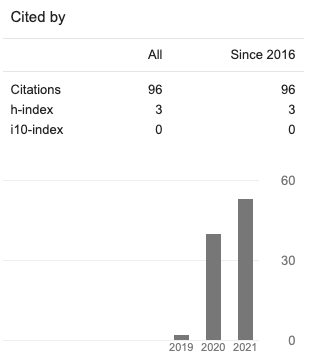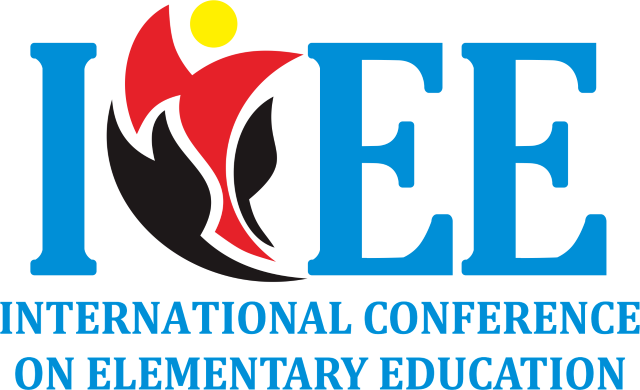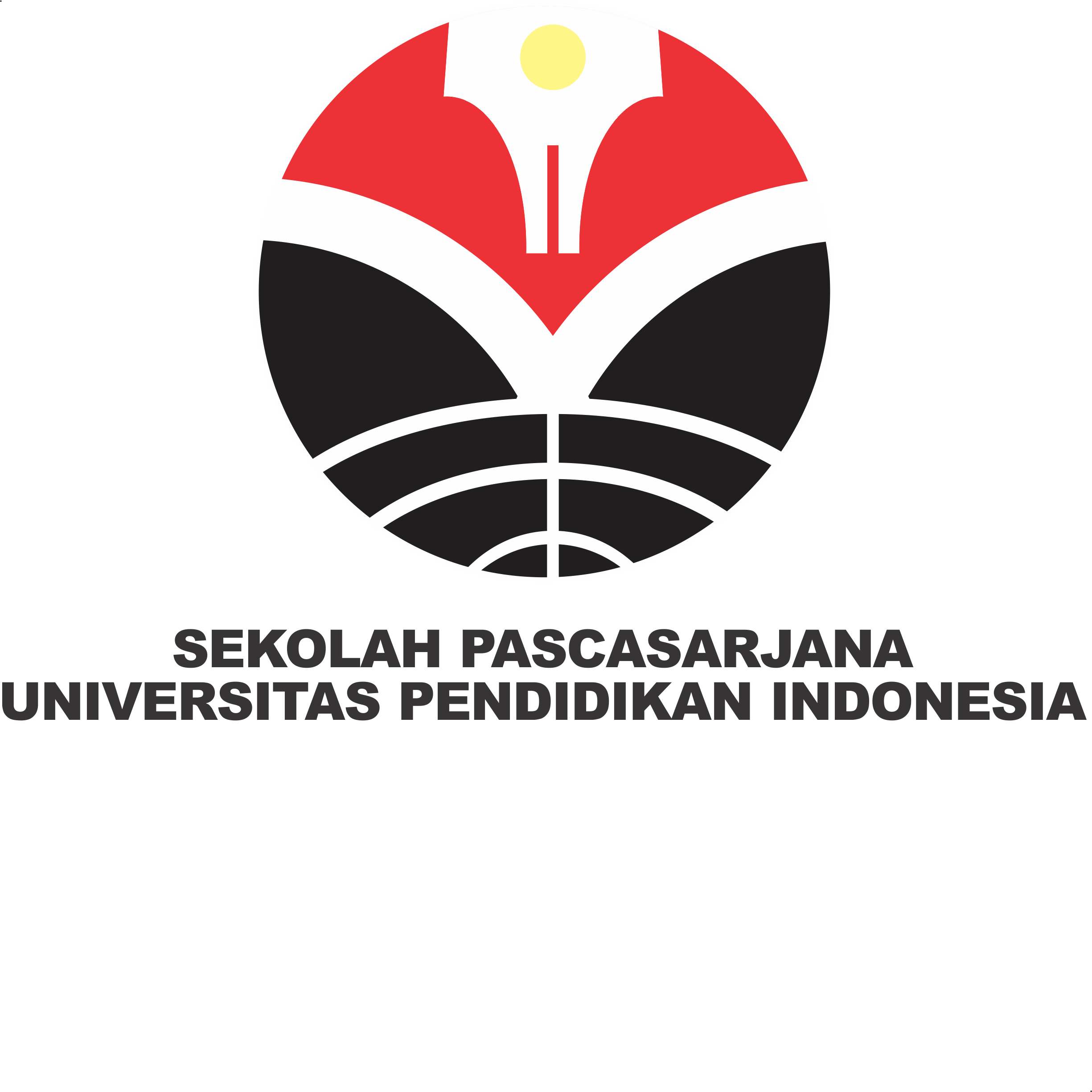Analysis of Social Literation Concepts in IPS Materials 2013 Curriculum
Abstract
This study aims to determine the concept of social literacy in thematic textbooks class IV theme 8 (the area where I live). social literacy is the ability of a person to be able to live and contribute to society which includes intellectual skills, social skills, cooperation skills, and social attitudes and values. In the 2013 curriculum for Grades I to class III, social studies material is integrated into other learning material content. The learning content includes Indonesian, PPKn, PJOK, and SBdP. Whereas at grade IV to grade VI the social studies material content is independent, but the learning process is carried out in an integrated thematic manner with Indonesian language content, PPKn, PJOK, and SBdP. The method used in this research is descriptive qualitative method. The data collection technique in this research is a documentary study (documentary study). The tectic of data analysis used in this research is content analysis. The results of the study show that social literacy which includes intellectual skills, social skills, cooperation skills, and social attitudes and values are contained in the thematic textbooks of class IV theme 8 which are included in reading texts, discussion activities and practice questions. So that the concept of social literacy contained in the thematic textbook of class IV theme 8 can be said well because it is contained in the materials and activities in it.
Copyright (c) 2023 Abdul Jabbar, Ernawulan Syaodih, Babang Robandi

This work is licensed under a Creative Commons Attribution 4.0 International License.















